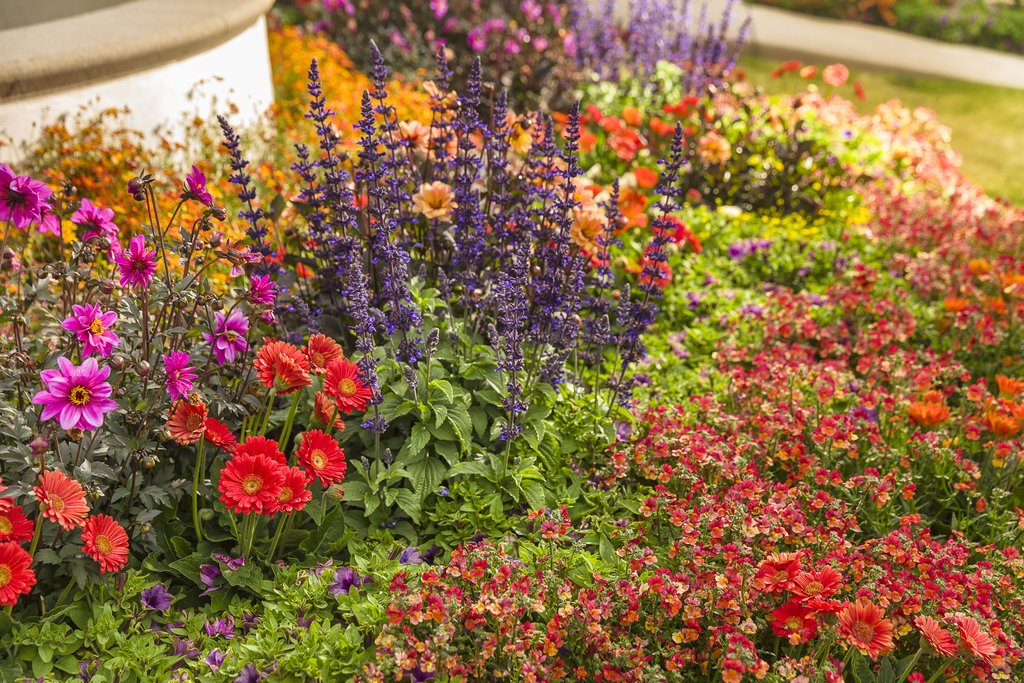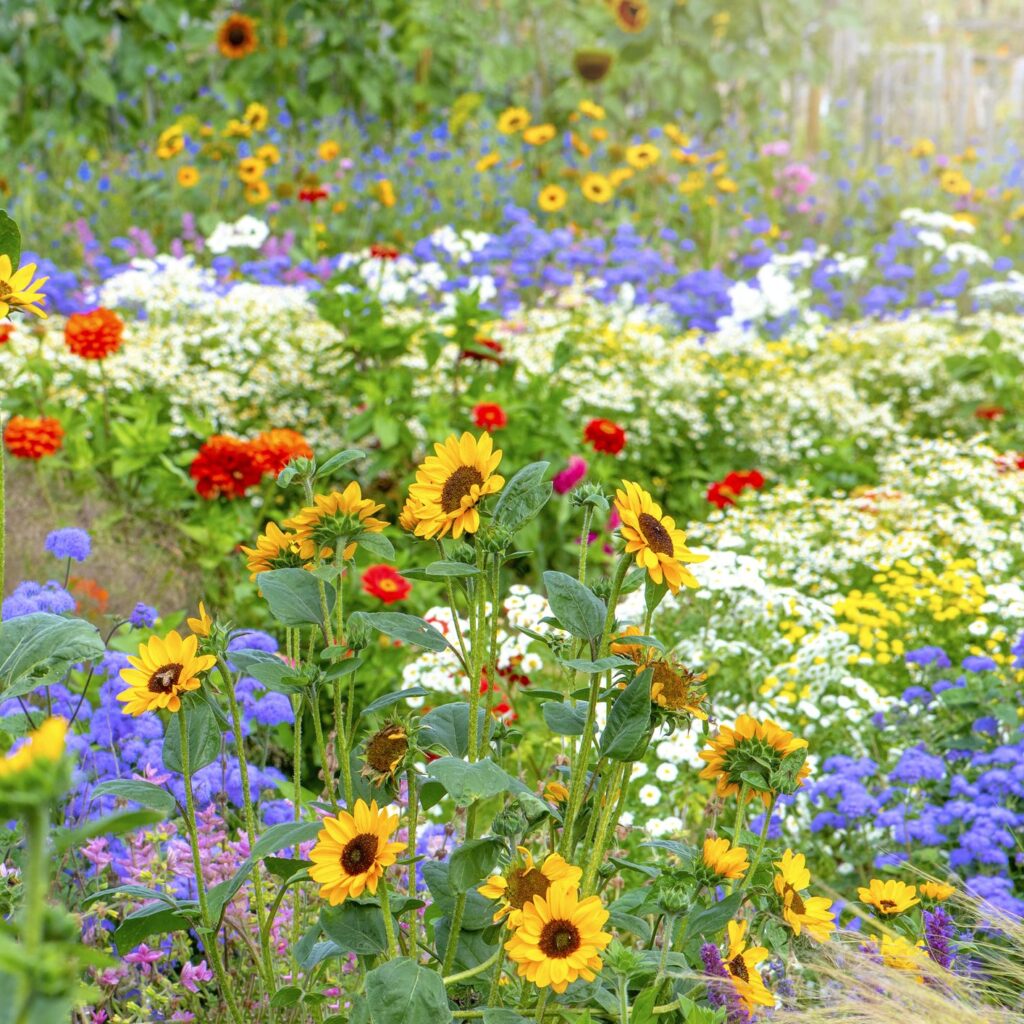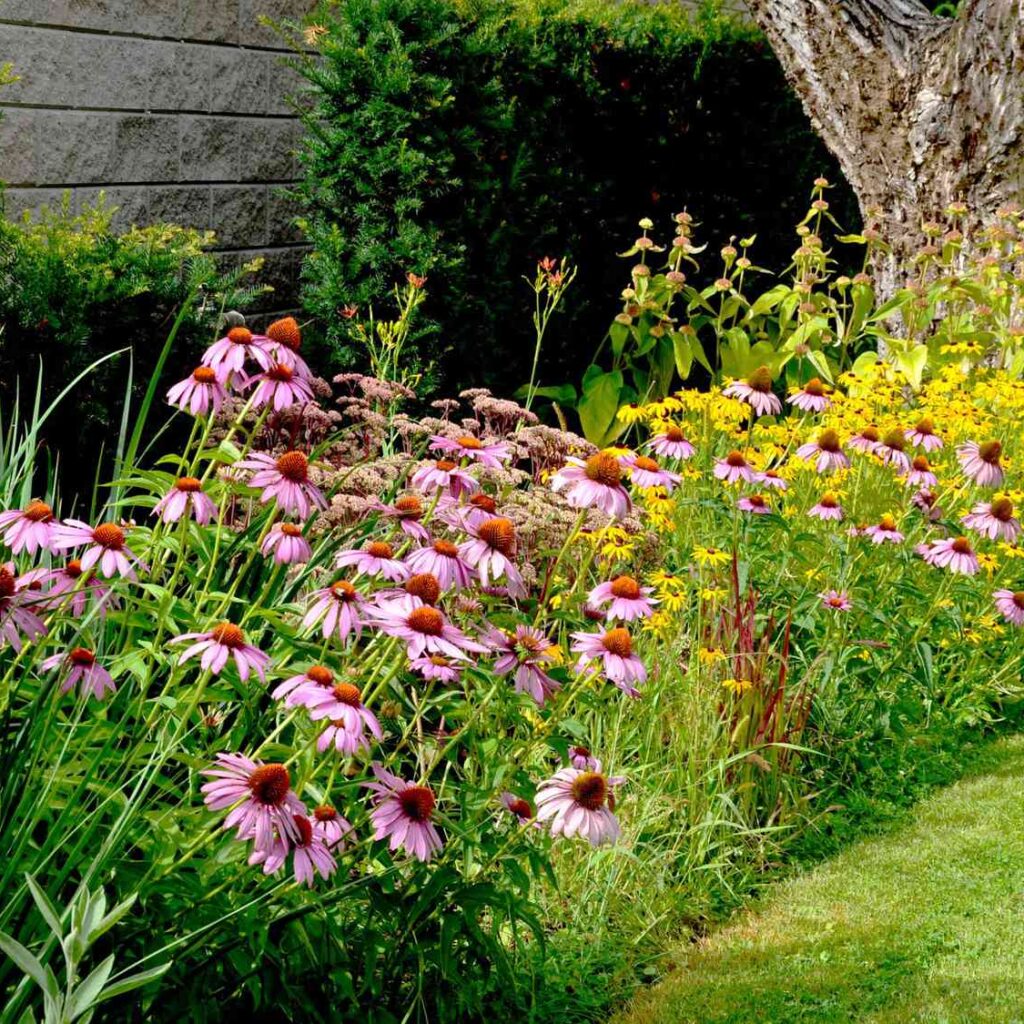A backyard is more than just an outdoor space — it’s a personal retreat, a family gathering place, and, for many, a canvas to express creativity through gardening. If you’re dreaming of transforming your backyard quickly, fast-growing, easy-to-maintain plants are your best friends.
These plants offer quick visual rewards without demanding endless hours of upkeep. Whether you want to create lush privacy walls, colorful flower beds, or productive vegetable patches, the right selection can turn a bare yard into a thriving paradise in just a single season.
This article will guide you through the best fast-growing, low-maintenance plants for your backyard and share practical care tips to keep them thriving with minimal effort.
Why Choose Fast-Growing, Easy-Maintenance Plants?

- Instant Results – You can enjoy greenery and blooms in weeks instead of years.
- Time-Saving – Ideal for busy gardeners who want beauty without the daily hassle.
- Cost-Effective – Fewer replacements and less need for specialized care.
- Backyard Versatility – Works for borders, ground covers, vegetable beds, and vertical gardens.
Key Qualities to Look For

Before selecting your plants, consider:
- Climate Suitability – Choose species that naturally thrive in your local weather.
- Water Needs – Drought-tolerant plants save time and resources.
- Pest Resistance – Reduces the need for chemical sprays.
- Growth Habit – Some grow tall for privacy; others spread for coverage.
Best Fast-Growing, Easy-to-Maintain Backyard Plants

Below are top picks across different categories — from ornamentals to edibles — that combine rapid growth with minimal care requirements.
1. Bamboo (Bambusoideae)
- Growth Speed: Some species grow up to 90 cm (3 feet) per day.
- Why It’s Great: Excellent for privacy screens and windbreaks.
- Care Needs:
- Plant clumping varieties to avoid invasiveness.
- Water deeply once a week.
- Thrives in full to partial sun.
2. Lavender (Lavandula spp.)
- Growth Speed: Establishes within a year; blooms within months of planting.
- Why It’s Great: Fragrant, drought-tolerant, and attracts pollinators.
- Care Needs:
- Full sun and well-draining soil.
- Water sparingly once established.
- Prune after flowering to maintain shape.
3. Zinnias (Zinnia elegans)
- Growth Speed: Blooms in 6–8 weeks from seed.
- Why It’s Great: Vibrant colors, continuous blooms, and minimal pests.
- Care Needs:
- Prefers full sun.
- Water at the base to prevent mildew.
- Deadhead to prolong flowering.
4. Lemongrass (Cymbopogon citratus)
- Growth Speed: Rapid clump growth in warm climates.
- Why It’s Great: Culinary uses, mosquito repellent properties.
- Care Needs:
- Full sun to partial shade.
- Moderate watering.
- Cut stalks as needed; regrows quickly.
5. Nasturtiums (Tropaeolum majus)
- Growth Speed: Flowers within 6–7 weeks of sowing.
- Why It’s Great: Edible flowers, pest deterrent for vegetable gardens.
- Care Needs:
- Full sun to partial shade.
- Prefers average soil — too rich reduces blooms.
- Minimal watering once established.
6. Rosemary (Rosmarinus officinalis)

- Growth Speed: Establishes quickly and grows year-round in warm climates.
- Why It’s Great: Aromatic, drought-resistant, and low maintenance.
- Care Needs:
- Full sun, well-drained soil.
- Prune occasionally to shape.
- Water sparingly.
7. Sweet Potatoes (Ipomoea batatas)
- Growth Speed: Vine growth within weeks; tubers ready in 3–4 months.
- Why It’s Great: Edible leaves and roots, attractive trailing foliage.
- Care Needs:
- Warm temperatures and full sun.
- Minimal pests if rotated annually.
- Moderate watering.
8. Marigolds (Tagetes spp.)
- Growth Speed: Flowers in 8 weeks or less.
- Why It’s Great: Bright blooms, pest control benefits.
- Care Needs:
- Full sun.
- Deadhead spent blooms.
- Light watering.
9. Mint (Mentha spp.)

- Growth Speed: Spreads rapidly; ready to harvest in weeks.
- Why It’s Great: Culinary herb with minimal care.
- Care Needs:
- Prefers partial sun.
- Keep soil moist.
- Plant in containers to prevent overgrowth.
10. Morning Glory (Ipomoea purpurea)
- Growth Speed: Rapid vine growth in warm months.
- Why It’s Great: Beautiful climber for fences and trellises.
- Care Needs:
- Full sun.
- Water moderately.
- Train vines early.
Design Ideas for a Fast-Growing Backyard
When arranging your plants:
- Privacy Corners – Use bamboo, lemongrass, or morning glory on trellises.
- Fragrant Walkways – Line paths with lavender, rosemary, or mint.
- Color Blocks – Group zinnias, nasturtiums, and marigolds for seasonal bursts.
- Edible Borders – Plant sweet potatoes or herbs along the garden edge.
Low-Maintenance Care Tips
Even low-maintenance plants need some attention:
- Mulching: Retains soil moisture and prevents weeds.
- Occasional Feeding: Use slow-release fertilizer once or twice a season.
- Watering: Deep watering is more effective than frequent light watering.
- Pest Checks: Fast growers can still attract aphids or mites; treat early.
Common Mistakes to Avoid
- Planting Invasive Varieties: Always choose non-invasive species or control their spread.
- Overwatering: Many drought-tolerant plants suffer if roots stay wet.
- Ignoring Pruning: Neglect can lead to overcrowding and reduced blooms.
Conclusion
Fast-growing, easy-to-maintain plants are the key to turning your backyard into a lush retreat without constant effort. Whether it’s the towering bamboo for privacy, the cheerful marigolds for color, or the fragrant lavender for relaxation, these plants deliver results quickly while asking for little in return.
By choosing varieties suited to your climate, following basic care routines, and arranging them thoughtfully, you can enjoy a vibrant, thriving backyard in record time — and keep it that way with minimal work.






Leave A Comment